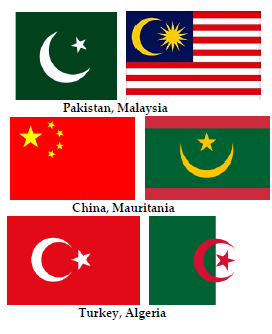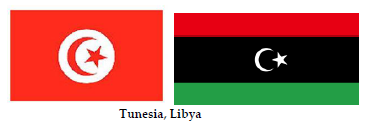Ancient Psychedelia: Alien Gods & Mushroom Goddesses
Online Book - Chapter 15, Page 304
Back to Online Book Mainpage / Next Page (Chapter 16, Page 305)
| It seems the Khazars had a decent alliance and working relationship with the Arab state until the Catholic Church got involved by marrying into the Khazar clan. I don’t know however, if this had any impact directly on the relation of the Khazars to the Arabs, but we can see what resulted shortly afterwards. The united front of Jewish and Catholic faiths, in a war against Islam for world domination. Al-Masudi, known as “the Herodotus among the Arabs,” has to say on this subject in his oft-quoted work Meadows of Gold Mines and Precious Stones: “The Custom in the Khazar capital is to have seven judges, Of these, two are for the Muslims, two are for the Khazars, judging according to the Torah (Mosaic Law), two for the Christians, judging according to the Gospel and one for the Saqualibah, Rus (Russians) and other pagans, judging according to pagan law. In his [the Khazar King’s] city are many Muslim, merchants and craftsmen, who have come to his country because of his justice and the security which he offers. They have a principal mosque and a minaret which rises above the royal castle, and other mosques there besides, with schools where the children learn the Koran.” (44) The Khazars also held back the Viking advances toward Byzantium. A group of Vikings the Byzantines called “Rhos” were called “Varangians” by the Arab chroniclers. These were Norsemen or Scandinavians, a branch of Vikings originating from eastern Sweden, as opposed to the Norwegians or Danes. These Norsemen eventually gained notoriety as “bersergangr” for the berserk rage in war. (45) This may or may not be attributed though to their use of A. muscaria, which is highly disputed. The Muslim armies were set to take over the Middle East and stretching into Europe when the Ottoman Empire was stopped in Vienna in 1683. (46) Today, we can see the countries most influenced by Muslim practice by observing their flags. The flags of Pakistan, Malaysia, China, Mauritania, Tunisia, Algeria, Turkey and Libya, all have crescents with stars on them (61m, n, o, p, r, s, t, u).  |
 It seems the Khazars were comprised of some Hebrews who settled in Khazaria and Khazaria eventually adopted Judaism as the main religion, but these were not people who changed religion necessarily, at least not all of them. They could have been settlers from the Middle East to begin with. It appears that the concept of the “Messiah” was carried forth from the Middle East to Khazaria. David Alroy, was born Menahem ben-shlomo al-duji (1120-1147) in Amadia, Kurdistan. The name David Alroy was adopted by him to assume Davidic parentage. (47) Solomon ben duji, a Khazar, had worked with a Palestinian scribe Ephraim ben Azariah ibn Sahalun, to found a movement to return the Jews to the “Promised Land.” Solomon claimed to be Elijah the Prophet whose role it is to precede the coming of the Messiah. Solomon then declared that the Messiah was his son David. He had studied under the Gaon (Academy head) of Baghdad where he excelled in Jewish and secular studies and he also developed knowledge of magic. (48) He built up a substantial army and succeeded in taking the strategic fortress of Amadie, north-east of Mosul. He fought a series of small incursions and eventually was killed, allegedly, by his own father-in-law while he slept. (49) S.W. Baron writes, on the Social History of the Jews, that after David Alroy was assassinated: “His memory was venerated, and when Benjamin of Tudela travelled through Persia twenty years after the event, ‘they still spoke lovingly of their leader.’ But the cult did not stop there. According to one theory, the six pointed ‘shield of David’ which adorns the modern Israeli flag, started to become a national symbol with David al-Roy’s crusade.” “Ever since,” writes Baron, “it has been suggested, the six-cornered ‘Shield of David,’ theretofore mainly a decorative motif or a magical emblem, began its career towards becoming the chief national-religious symbol of Judaism. Long used interchangeably with the pentagram or the “Seal of Solomon,” it was attributed to David in mystic and ethical German writings from the 13th century on and appeared on the Jewish flag in Prague in 1527’.” (50) (44) Thirteenth Tribe, p. 52-53 (45) ibid, p. 87-90 (46) Jealous Gods, p. 27 (47) Thirteenth Tribe, p. 136 (48) Fifty Jewish Messiahs, Jerry Rabow, page 39-40 (49) Thirteenth Tribe, p. 137 (50) ibid; Baron, S.W., A Social and Religious History of the Jews, vol. II and IV (New York, 1957) loc. cit. |
Go Back to Page 303